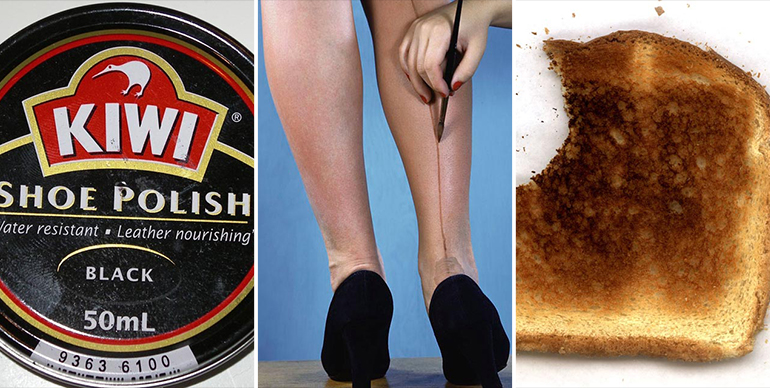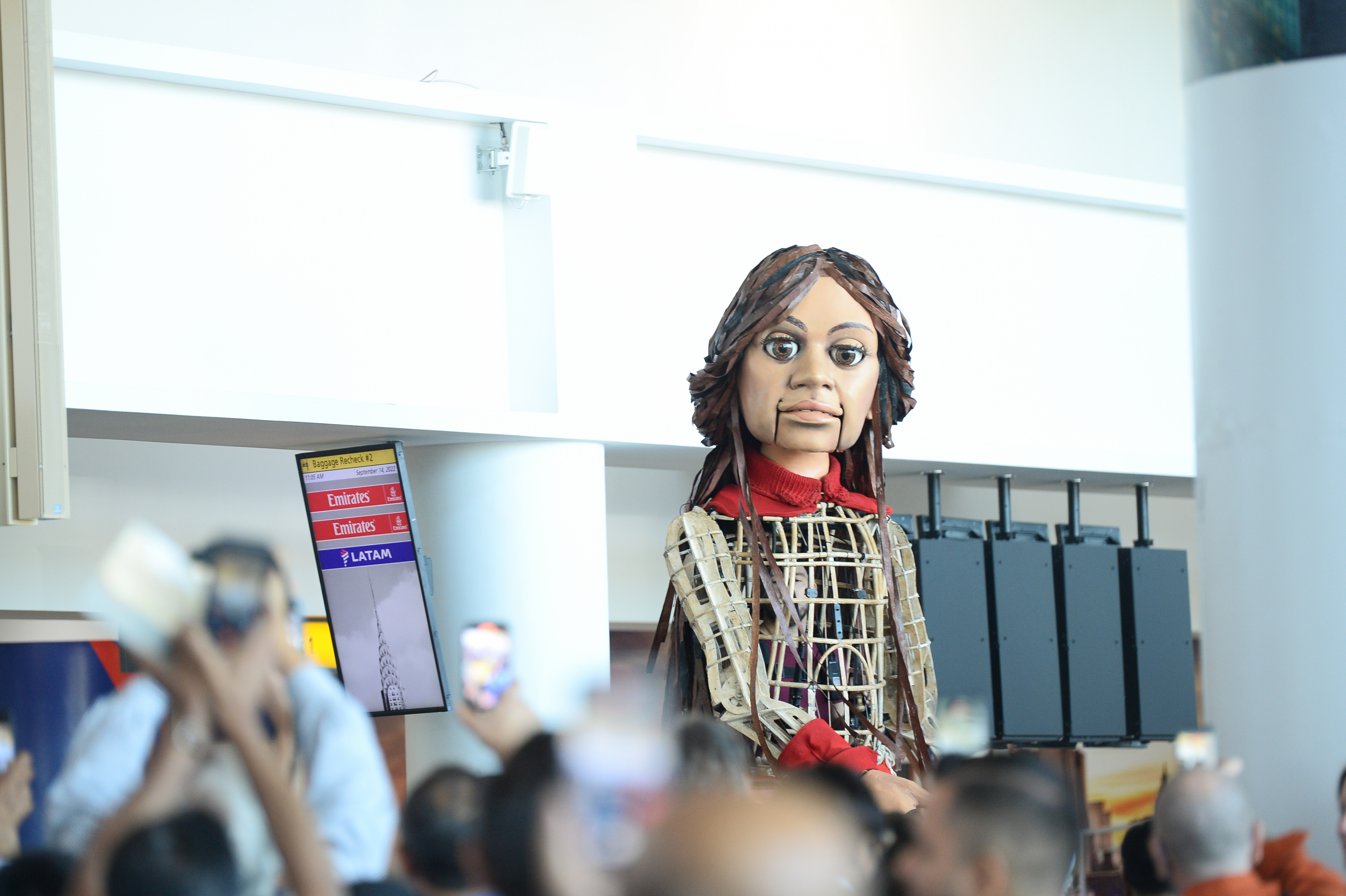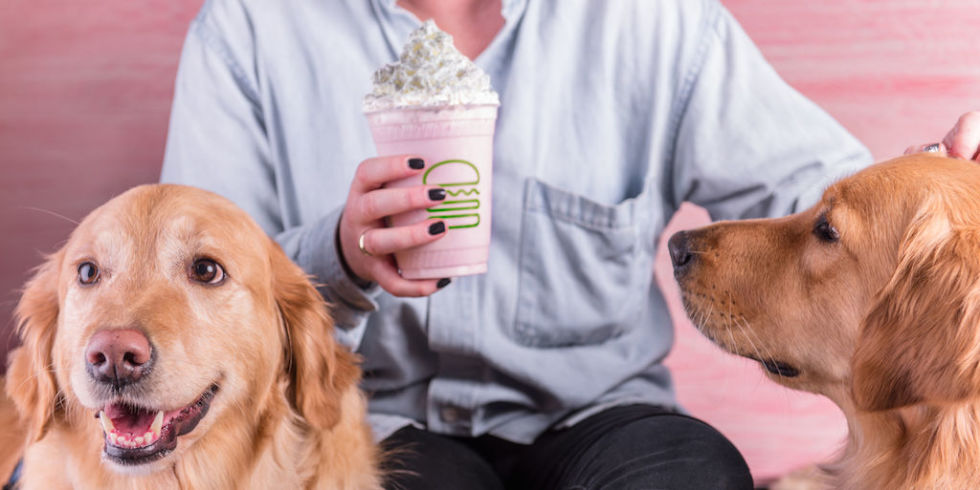
The Strange and Starchy Past of DIY Beauty Products
DIY beauty is not a 21st-century invention. Long before we started abbreviating ‘do-it-yourself,’ people had been thinking up beauty tricks to improve their beauty their look. I’m not just talking about the 70s and 80s. I’m talking about the distant past, the Victorian Era and the Roaring Twenties. People have been painting their face for centuries! Of course they had their share of beauty secrets. For a long time, makeup was such a taboo that women were forced to turn into kitchen beauticians and make their own products. When you’re scouring your own kitchen for beauty solutions, you come up with some pretty interesting techniques. Check out some of the craziest DIY beauty hacks our ancestors cooked up.

FIREPLACE SOOT
The Victorians believed respectable women shouldn’t wear makeup. Only loose women and actresses could ‘paint’ their lips in bright, bold colors. The other women of society were supposed to be content with their natural faces and leave the eccentricities of lipstick and blush alone. Many upper-class ladies ignored these rules and smuggled stray bottles into their powder rooms to play dress up in the privacy of their home. Everyday women, on the other hand, were left to fashion beauty products with what they had in their kitchen. One popular trend was to ‘paint’ the skin with fireplace soot to give it a deeper hue. Be thankful you’ve never been left to play beautician with only soot for powder.

STARCH AND RADIUM
In the days before foundation, women came up with some pretty inventive cover-up recipes. One such concoction called for Orris root with lemon oil, bergamot, clove, and wheat starch. Other used lavender powder, which cast a blue tint over their entire face. While going all blue-faced in the name of DIY beauty seems a bit silly, it was far better than the popular alternative. Many women opted for skin washes of ammonia and rose water or radium baths. Some would even sip arsenic give their skin the deathly, consumptive pallor that was sought-after in those days! Oh, the things we do in the name of beauty!

BURNT TOAST AND MERCURY
When the toast came out burnt in the morning, Puritan women would rejoice inside. It meant they had their eyeliner for the day! In the 17th and 18th centuries, darkened eyes were considered a sign of beauty. When the pantry was your primary source for beauty products, the darkest food you had was what you tried to use on your eyes. Bread was easy because all you had to do was rub the blackened crumbs carefully around your eyes. If the scratchiness of the bread was too much, walnut juice or mercury worked just as well. Mercury wasn’t such a good thing later down the road, though.

PETROLEUM JELLY
By the 1920s, society was growing more accepting of makeup and beauty rituals in the home. The look wasn’t fully accepted by mainstream culture, but that didn’t stop flappers from painting up for Friday nights at the local speakeasy. The discovery of King Tut’s tomb mid-decade ignited a fire behind the makeup revolution and soon eyeliner was all the rage. The trend was new, so products were expensive. To copy the look and save money, many women mixed coal dust with petroleum jelly for home-made mascara to rim and darken their eyes.

BOOT POLISH
During World War II, companies like Maybelline sent out ad campaigns that encouraged women to sharpen their beauty to boost morale. This created an unmanageable demand for beauty products. Production had already slowed due to war rations, so women were forced yet again to turn everyday domestic items into beauty products. This led to shocking beauty treatments like using boot polish for mascara and beetroot juice for lipstick. The petroleum jelly trend also returned on the faces of high school girls because it was safer than the boot polish option.

MARGARINE
Some of history’s less extreme beauty tricks could still be used today. When expensive department store creams and tonics ran low, Good Housekeeping published an article suggesting that if you rubbed your face with a cucumber or piece of apple it would act as a natural astringent. This is actually true. The article went on to suggest margarine or milk powder as cheaper alternatives to face cream. This piece in Good Housekeeping marked the moment when beauty DIYs first crossed over from absurd but practical to practical and healthy. If you want to check out some DIY face masks, check out these recipes.

GRAVY STOCKINGS
When war rations disrupted the nylon and silk industry, women started looking for creative ways to shave their legs. Since stockings viewed as necessary modest clothing, many felt it was important to make their legs appear tinted. In one of the most humorous beauty secrets of the 20th century, British girls painted their legs with tea and gravy browning, then got a friend to draw a seam down the back with an eye pencil. I guess modesty is worth the embarrassment of a dog licking your shins as you walk home from school.
Be grateful the beauty industry is so prolific these days you won’t need to resort to boot polish or burnt toast to maintain your makeup look. Some beauty rituals make far better stories than realistic techniques.

More from Richard



